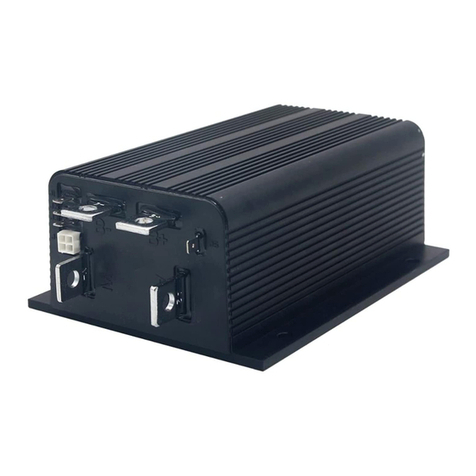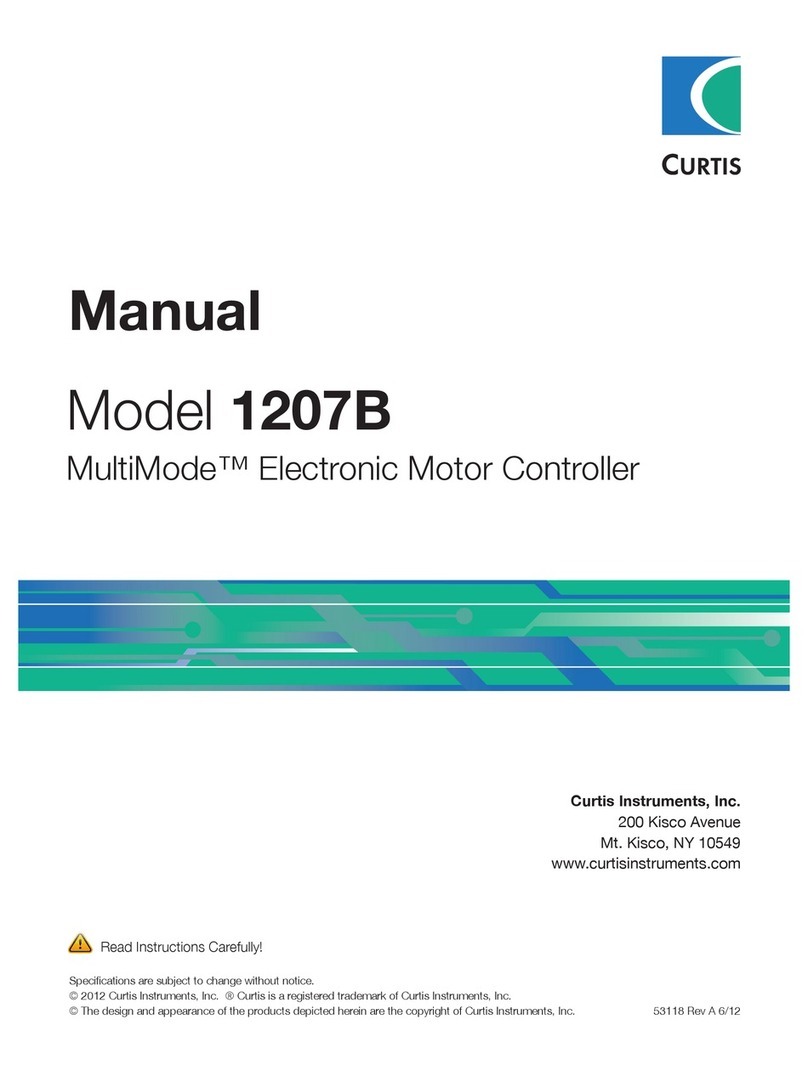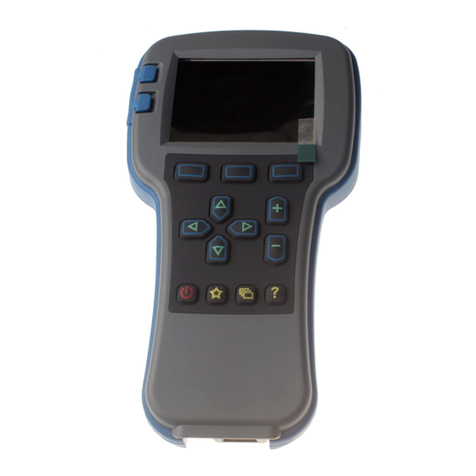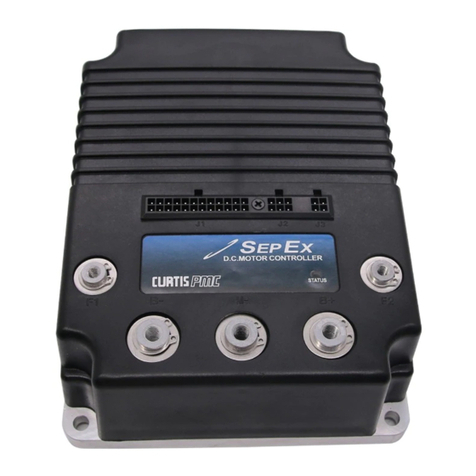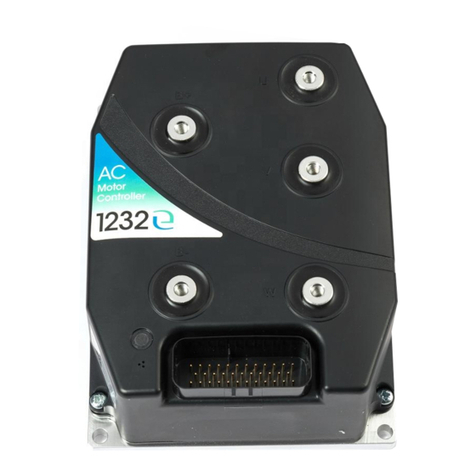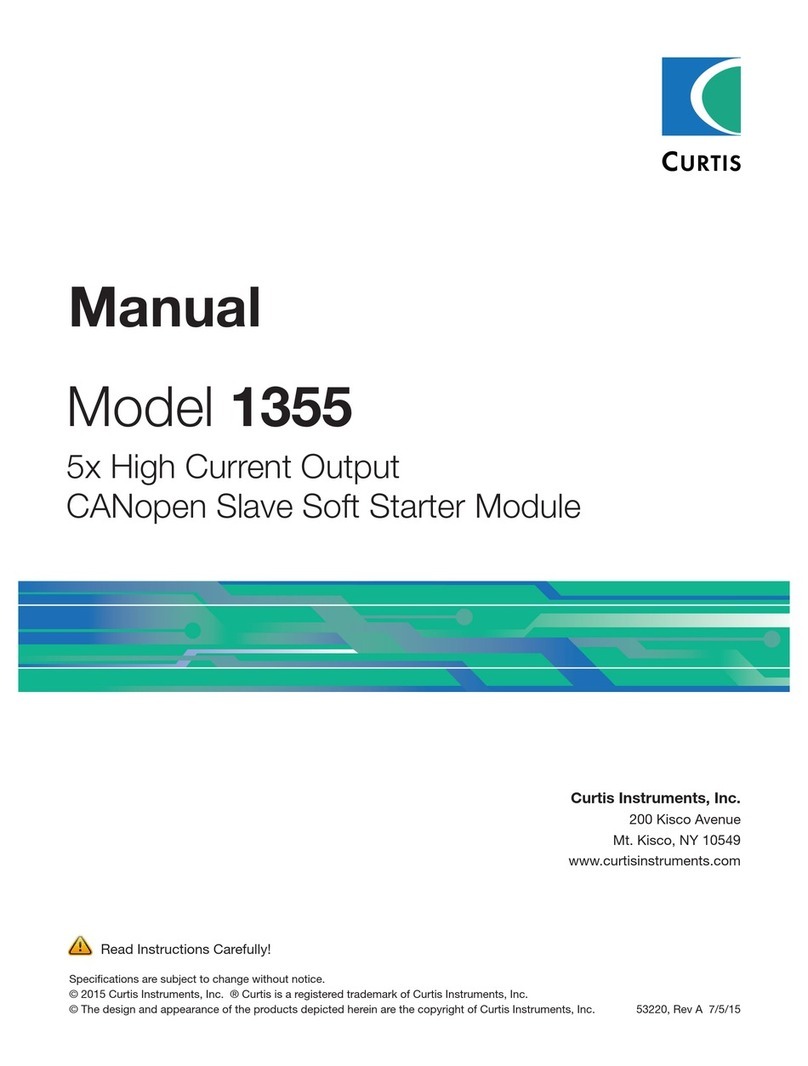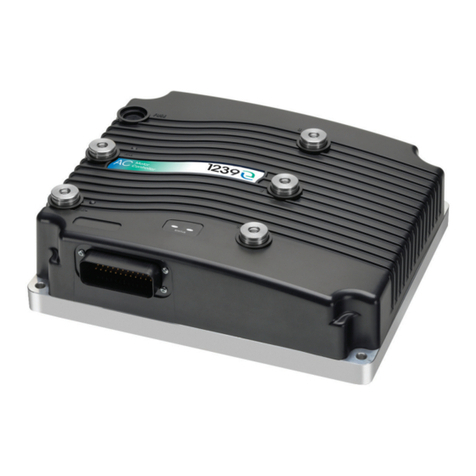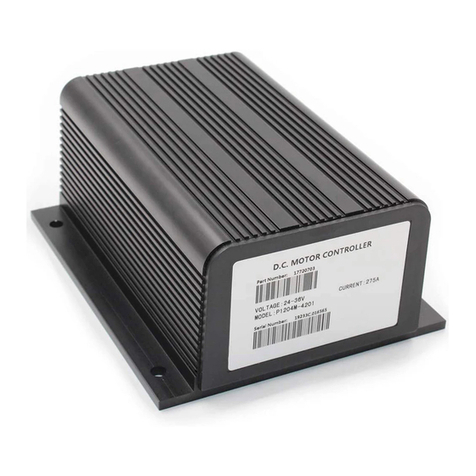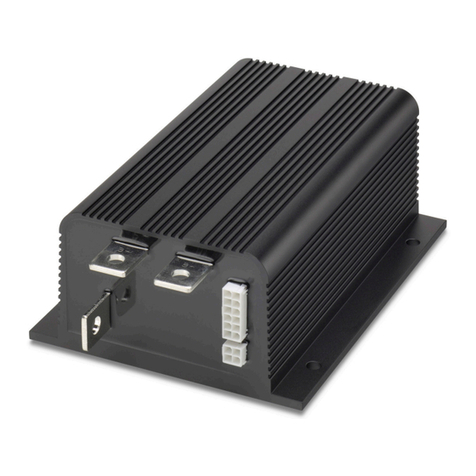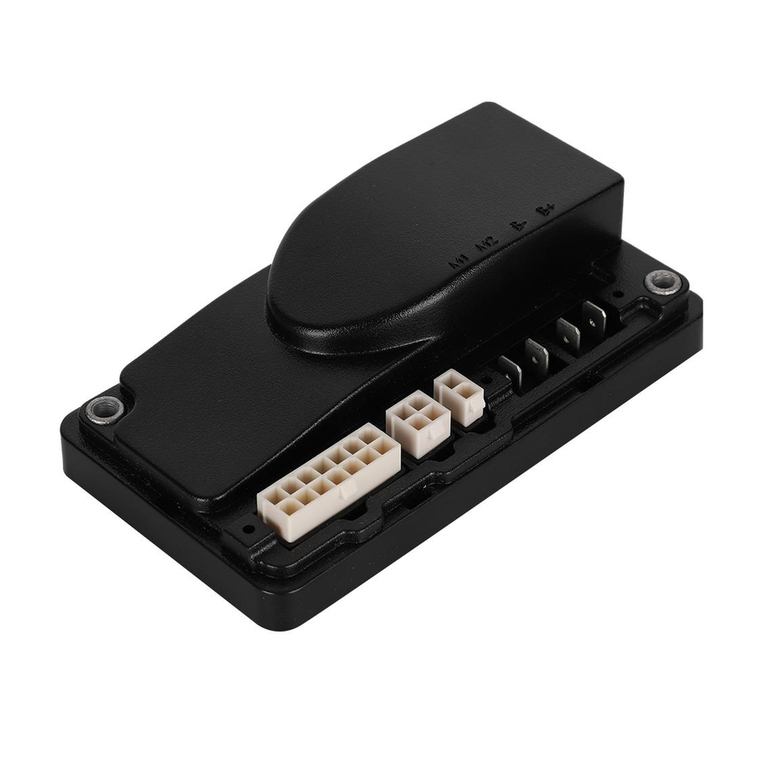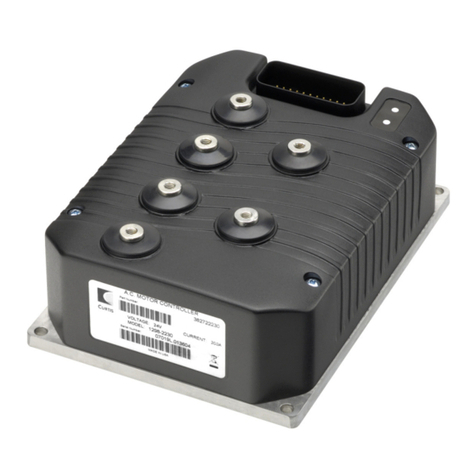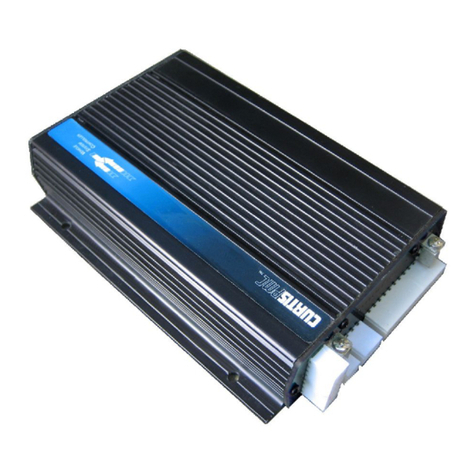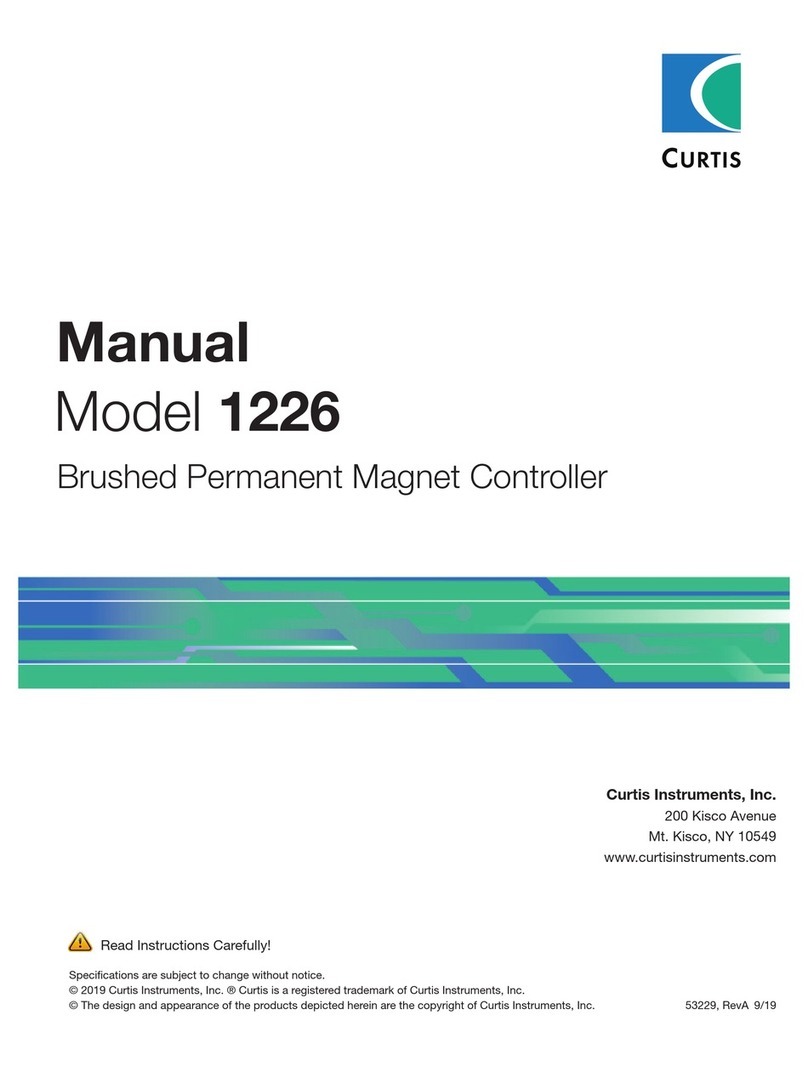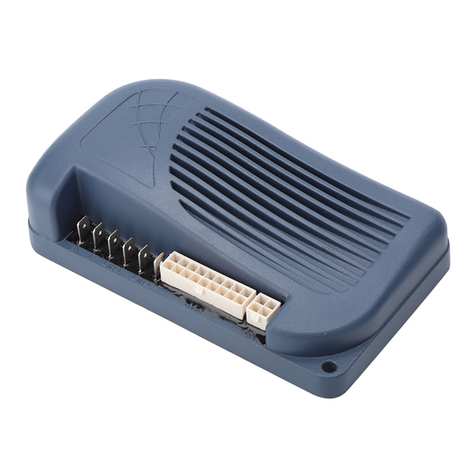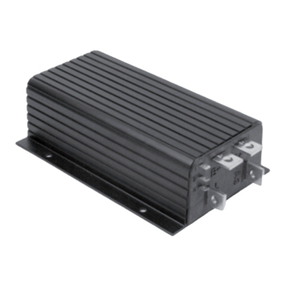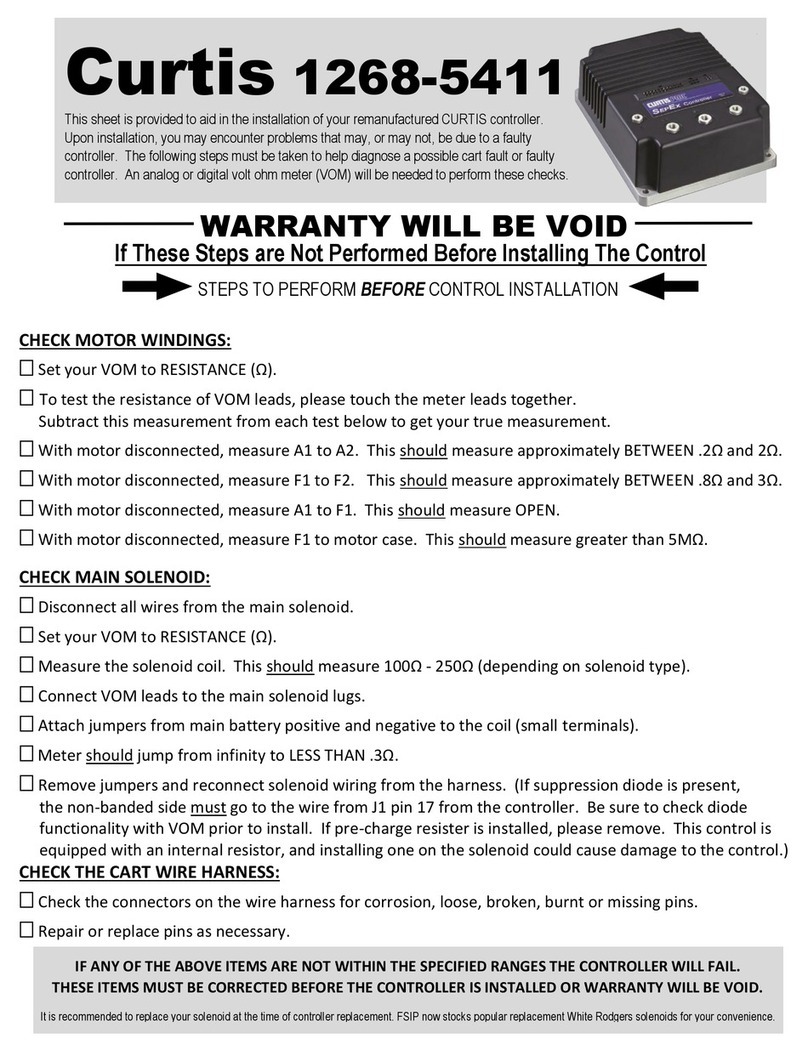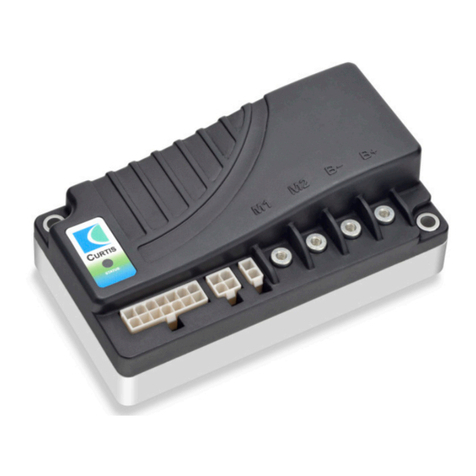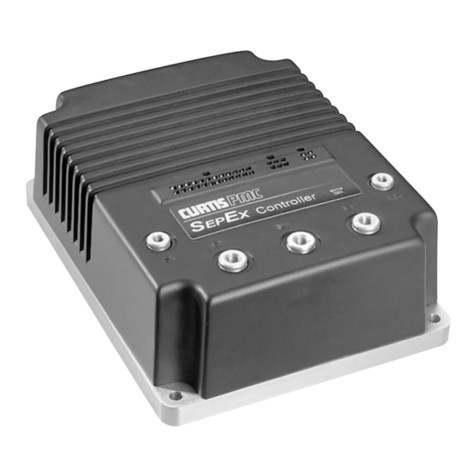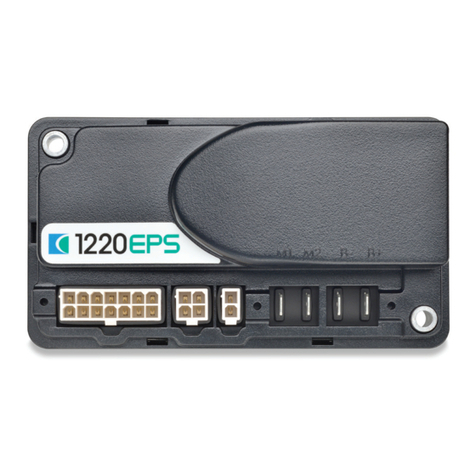
iii
Curtis 1244 Manual, Rev. E
CONTENTS
1. OVERVIEW ...........................................................................................1
2. INSTALLATION AND WIRING.........................................................4
Mounting the Controller ..................................................................4
Connections: Low Current ..............................................................6
Connections: High Current .............................................................7
Wiring: Controller...........................................................................8
Wiring: rottle.............................................................................10
5kΩ–0, 2-wire resistive throttle (“Type 1”) ..............................11
0–5V, current source, 3-wire pot, and electronic
single-ended throttles (“Type 2”) .....................................12
0–5kΩ, 2-wire resistive throttle (“Type 3”) ..............................15
0–5V and 3-wire pot wigwag-style throttles (“Type 4”)............15
CAN-Nodes throttle (“Type 5”) ..............................................16
Wiring: Fault Outputs ...................................................................16
Wiring: Contactor Drivers.............................................................16
Wiring: Pedal Switch .....................................................................19
Wiring: Hour Meter ......................................................................19
Wiring: CAN Bus Interface ...........................................................19
Wiring: Emergency Reverse ...........................................................19
Contactor, Switches, and Other Hardware......................................21
3. PROGRAMMABLE PARAMETERS ..................................................23
Acceleration Parameters ..................................................................26
Acceleration Rate, M1–M4......................................................26
Braking Rate, M1–M4 ............................................................26
Deceleration Rate ....................................................................26
Quick Start..............................................................................26
Taper Rate ...............................................................................27
Speed Parameters ............................................................................27
Maximum Speed, M1–M4 ......................................................27
Creep Speed, M1–M4 .............................................................27
Regen Speed ............................................................................27
rottle Parameters.........................................................................28
Control Mode..........................................................................28
rottle Type ...........................................................................29
rottle Deadband ..................................................................30
rottle Max ...........................................................................32
rottle Map, M1–M4............................................................34
rottle Braking Percent, M1–M4........................................... 36
Current Limit Parameters ...............................................................36
Drive Current Limit, M1–M4................................................. 36
Braking Current Limit, M1–M4..............................................36
Minimum Field Current Limit ................................................36
Maximum Field Current Limit ................................................37
Restraint..................................................................................37
Emergency Reverse Current Limit ...........................................38
Current Ratio ..........................................................................38
CONTENTS
